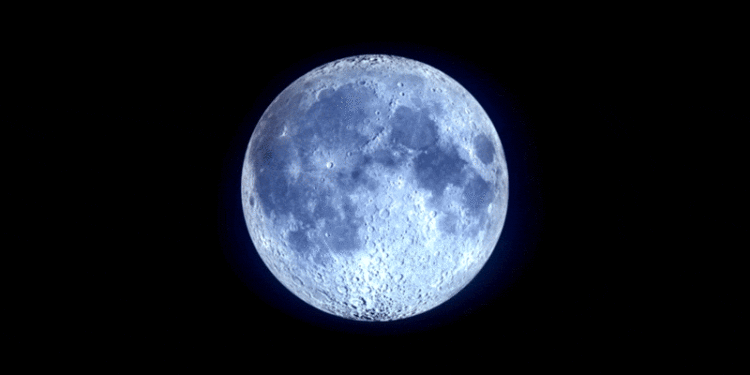During a lunar eclipse, the sun, Earth and moon align so that Earth blocks sunlight from reaching the moon and casts a shadow across the lunar surface. Whether the moon sits in the penumbra or umbra will dictate the type of lunar eclipse. During a total lunar eclipse, the umbra completely covers the lunar surface. In this diagram, the moon is located in the penumbral shadow so it is experiencing a penumbral eclipse. (Image credit: Future)
North and South America will have the best views of this eclipse, with the event unfolding overnight from March 13 to March 14. Parts of Western Europe will also glimpse totality just before the moon sets.
Totality will last for an impressive 65 minutes, offering plenty of time to take in the breathtaking sight. The key times for totality across North America are:
Eastern Time (ET): 2:26 a.m. ﻗ 3:31 a.m. (March 14)Central Time (CT): 1:26 a.m. ﻗ 2:31 a.m. (March 14)Mountain Time (MT): 12:26 a.m. ﻗ 1:31 a.m. (March 14)Pacific Time (PT): 11:26 p.m. (March 13) ﻗ 12:31 a.m. (March 14)Alaska Time (AKDT): 10:26 p.m. ﻗ 11:31 p.m. (March 13)Hawaii Time (HST): 8:26 p.m. ﻗ 9:31 p.m. (March 13)
It’s also worth looking up about 75 minutes before and after these times to witness the partial eclipse phases, as Earth’s shadow gradually moves across and then away from the moon’s surface.
Unlike solar eclipses, lunar eclipses are completely safe to view with the naked eye. No special equipment is needed, but binoculars or a telescope will enhance the experience by revealing details on the moon’s surface as it changes color. The key to a great view is a dark location away from city lights and clear skies.
Roll your cursor over the numbers below to learn about the different stages of a total lunar eclipse.
Looking ahead
If you miss this eclipse, don’t worry ﻗ there will be another total lunar eclipse overnight between Sept. 7 Sept. 8, visible across Europe, Asia and parts of the Americas. Then, from March 2 to March 3, 2026, another Blood Moon will be visible from much of the world, including North America.
With one month to go, now is the perfect time to plan your eclipse-watching experience. Mark your calendar, check the weather forecast, and get ready for an unforgettable night under the stars!
If you’re specifically looking for a telescope to view the moon, our best telescopes for deep space guide may help. We also have a guide to astrophotography for beginners which covers everything from equipment to shooting modes and more. Our best cameras for astrophotography and best lenses for astrophotography can also help you prepare to capture your next skywatching sight.
Editor’s Note: If you get a great photo of the total lunar eclipse and would like to share it with Space.comﻗs readers, send your photo(s), comments, and your name and location to [email protected].
Source link : http://www.bing.com/news/apiclick.aspx?ref=FexRss&aid=&tid=67add3e635e0412da89c72e87340859e&url=https%3A%2F%2Fwww.space.com%2Fstargazing%2Feclipses%2Ftotal-lunar-eclipse-brings-a-blood-moon-to-north-america-next-month-heres-how-to-see-it&c=6095271518263295896&mkt=en-us
Author :
Publish date : 2025-02-12 22:00:00
Copyright for syndicated content belongs to the linked Source.












